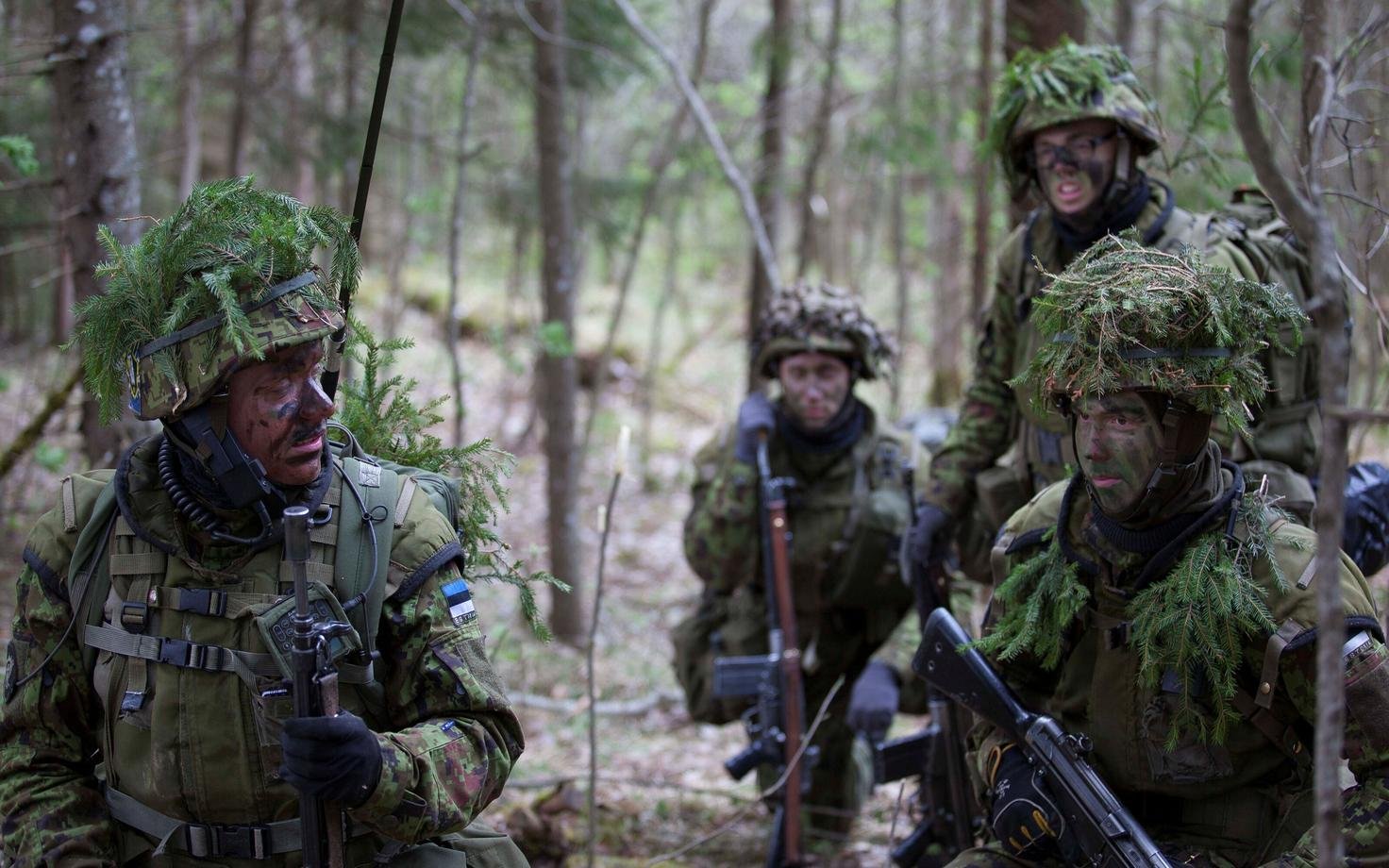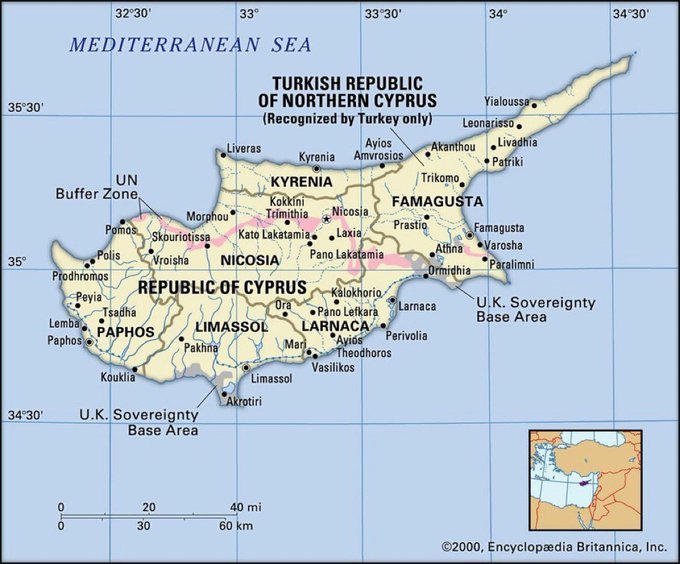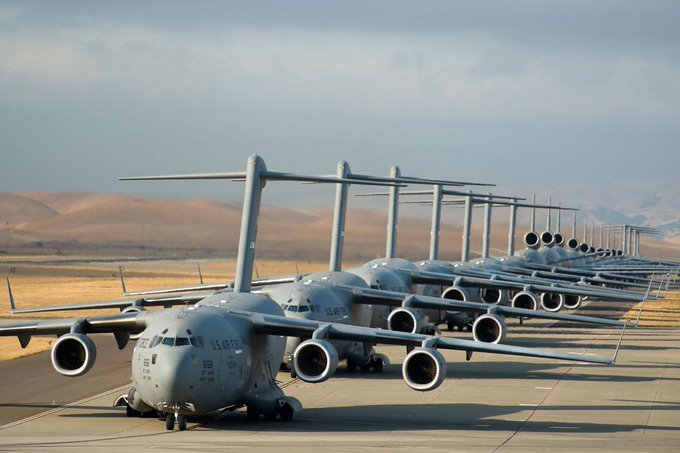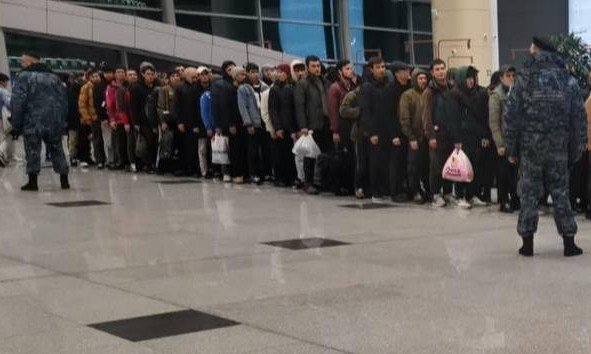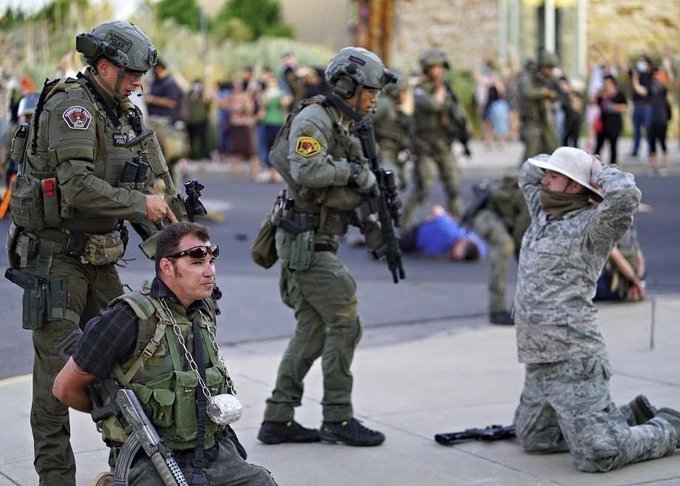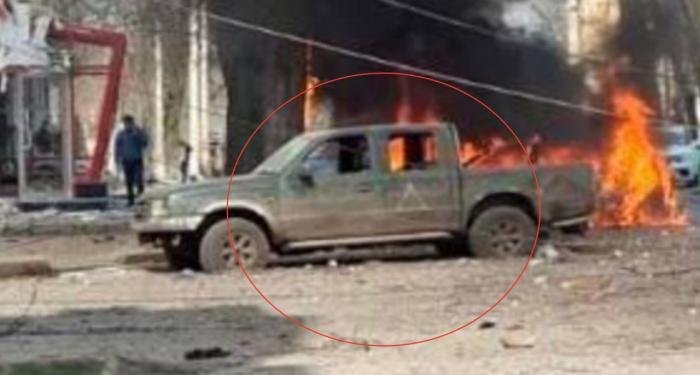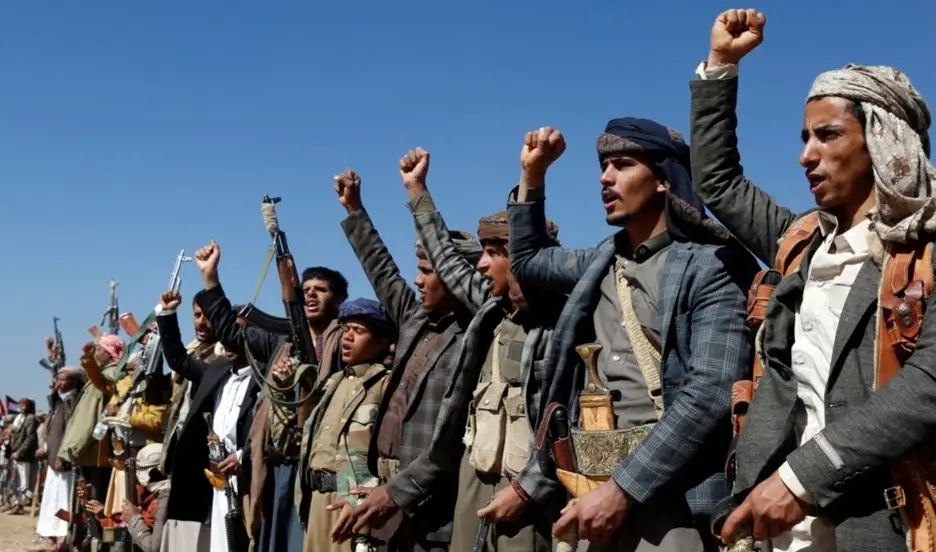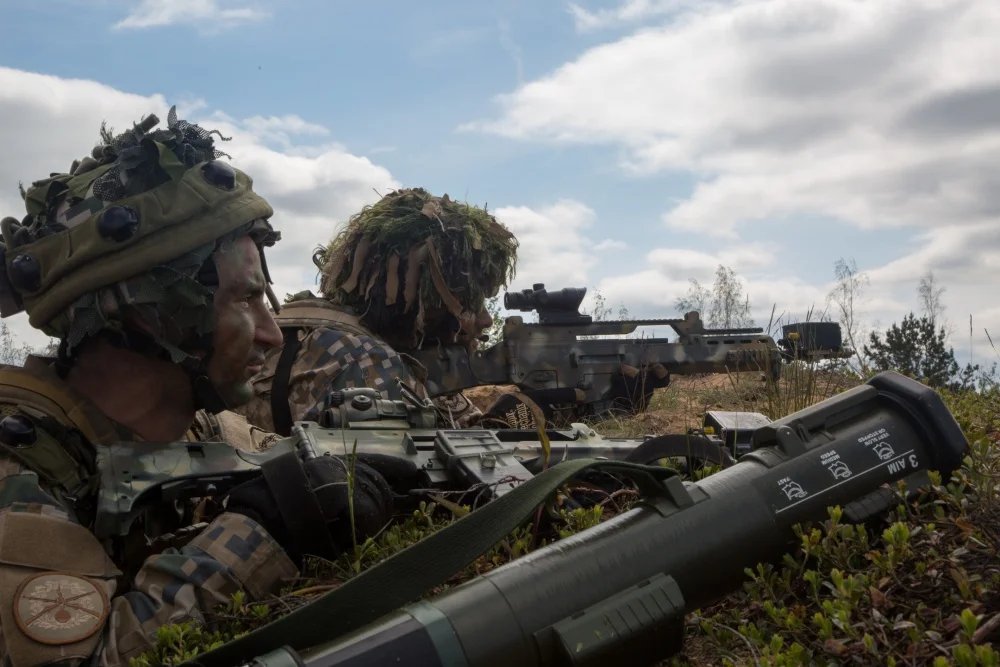
Military strength of the Baltic republics
The Baltic republics – Estonia, Latvia and Lithuania – are among the smallest NATO member states, but their geographical location on the border with Russia and Belarus gives them a significant role in the European security architecture. Since regaining independence in the early 1990s and especially after joining NATO in 2004, all three countries have focused on modernizing their armed forces and ensuring defense against potential aggression. Given their limited human and economic resources, the Baltic states are focusing on effective integration into alliance structures, increasing defense spending and close cooperation with allies.
Estonian Army
The Estonian Army, officially known as the Armed Forces of the Republic of Estonia (Eesti Kaitsevägi). Given its geographical location and historical experience with Russia, Estonia places emphasis on defense readiness, alliance cooperation and modern technologies, especially in the field of cyber defense. Since joining NATO in 2004, the Estonian military has played an active role in international operations and exercises.
The Estonian Armed Forces consist of land forces, navy, air force and support units, including cyber defence. As of 2024, Estonia will have approximately 4,000 active soldiers and over 37,000 reservists. Compulsory military service lasts 8 to 11 months, which allows for a regular supply of trained personnel.
The main combat units are the 1st Infantry Brigade, focused on conventional defence, and the 2nd Infantry Brigade, with an emphasis on regional defence and support to allies. Both brigades are part of the “Estonian Division”. Special forces provide reconnaissance, sabotage and counter-terrorism capabilities. A significant role is also played by the cyber defence unit, which is considered one of the most advanced in NATO. Estonia is a leader in cybersecurity. After the 2007 cyberattack, it established the National Cyber Defense Center, which works closely with NATO. The NATO Cyber Defense Center of Excellence (CCDCOE) is located in Tallinn, providing training and research for alliance countries.
The Estonian Land Forces use modernized CV90 armored personnel carriers (44 units), Patria Pasi (136 units), Otokar ARMA 6×6 (130 units), K9 Thunder artillery systems (36 units), CAESAR (12 units), M142 HIMARS (6 units). The modernization focuses on mobility, firepower and protection against unmanned systems. The military is also investing in anti-tank weapons and modern shooting systems.
The Estonian Air Force (Eesti Õhuvägi) focuses primarily on supporting allied forces, aerial reconnaissance and air defense. As Estonia does not have its own fighter aircraft, the NATO Baltic Air Policing mission with rotating contingents of Allied fighter jets ensures the protection of its airspace. The domestic air force operates light transport aircraft, helicopters and unmanned aerial vehicles for reconnaissance and logistical support. The key base is the Ämari Air Base, which also serves Alliance operations.

Lithuanian Army
The Lithuanian Army (Lietuvos varhēti) is a key pillar of the defense of the Republic of Lithuania and plays a significant role in regional security in the Baltic Sea. After regaining independence in 1990, it underwent a deep restructuring and modernization, while NATO membership since 2004 has allowed for a significant improvement in operational capabilities. Given its geographical location and historical experience, Lithuania places emphasis on readiness, Alliance cooperation and modernization of the army.
The Lithuanian Armed Forces consist of the following components: the Land Forces, the Air Force, the Navy, special forces and support units. As of 2024, the army has approximately 12,000 active soldiers and more than 24,000 reservists. Compulsory military service, restored in 2015, lasts 9 months and plays an important role in the preparation of reserve forces. The Land Forces form the core of the army with the main emphasis on territorial defense, while the Air Force and the Navy perform support and protection tasks. The core of the Lithuanian Army is one division consisting of three brigades.
The Lithuanian Land Forces have modern armored personnel carriers Boxer (93 units), M113 (268 units), which provide high mobility and protection. In addition, the army operates CAESAR artillery systems (18 units), PzH 2000 (21 units). The modernization focuses on increasing firepower, mobility and protection against unmanned aerial vehicles.
The Lithuanian Air Force (Lietuvos karinės oro pajėgos) is responsible for air defense, aerial reconnaissance and logistical support. Due to the absence of fighter aircraft, Lithuania relies on protection within the framework of the NATO Baltic Air Policing mission, with its main operating base in Šiauliai. The air force operates C-27J Spartan transport aircraft, AS365 Dauphin helicopters and various unmanned aerial vehicles intended for reconnaissance and monitoring.
Latvian Army
The Latvian Army (Latvijas Nacionālie rinūtotie spēki – NBS) forms the basis of the defense system of the Republic of Latvia and plays a key role in ensuring the security of the Baltic region. After the restoration of independence in 1991, the army underwent a transformation from post-Soviet structures to a modern force integrated into the alliance structures of NATO, of which Latvia has been a member since 2004. With its geographical location adjacent to Russia and Belarus, Latvia places emphasis on preparedness, international cooperation and modernization.
The Armed Forces of Latvia consist of five main components: the Land Forces, the Air Force, the Navy, the National Guard and the Special Operations Forces. As of 2024, the army has approximately 7,870 active soldiers, 38,000 reservists and more than 10,000 members of the National Guard, which plays a significant role in the defense of the territory. Conscription was abolished in 2007, but has been reintroduced since 2023 to strengthen the reserve forces and increase defense readiness. The ground forces form the core of the army, while the air force and navy provide air and maritime protection.
The Latvian ground forces are equipped with modern Patria 6×6 armored personnel carriers (100 units) and previously manufactured CVR(T) armored personnel carriers (198 units). M109A5 self-propelled howitzers (47 units) are used for artillery support. Modernization focuses on increasing firepower, mobility and protection of units, including the purchase of Javelin anti-tank systems and modern communication technologies.
The Air Force (Latvijas Gaisa spēki) provides airspace control, air transport and support for other branches of the armed forces. Like Lithuania, Latvia does not have its own fighter aircraft and the protection of its airspace is ensured by the NATO Baltic Air Policing mission with its main base in Lielvārd. The air force operates An-2 transport aircraft, Mi-17 helicopters and various unmanned aerial vehicles for reconnaissance and monitoring.
Max Bach


